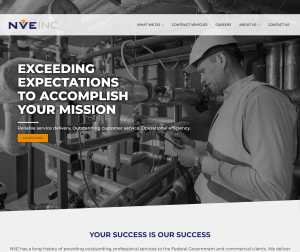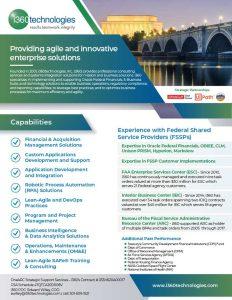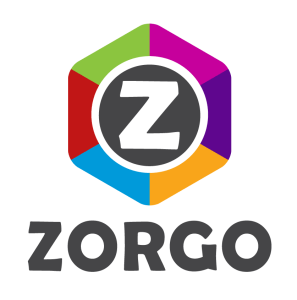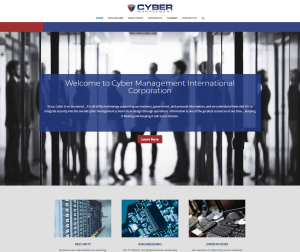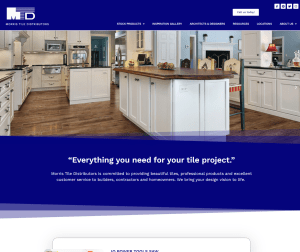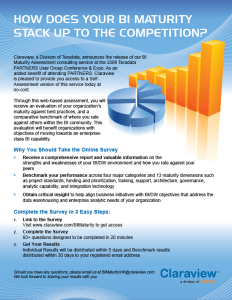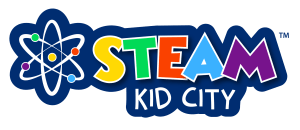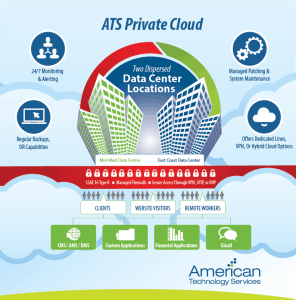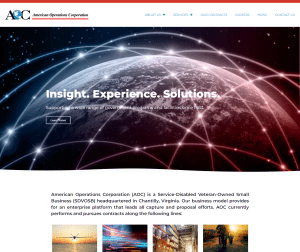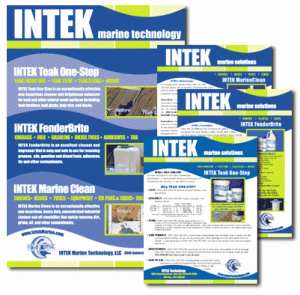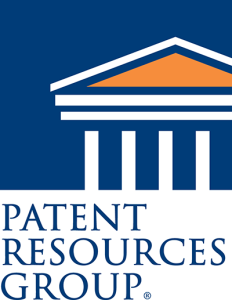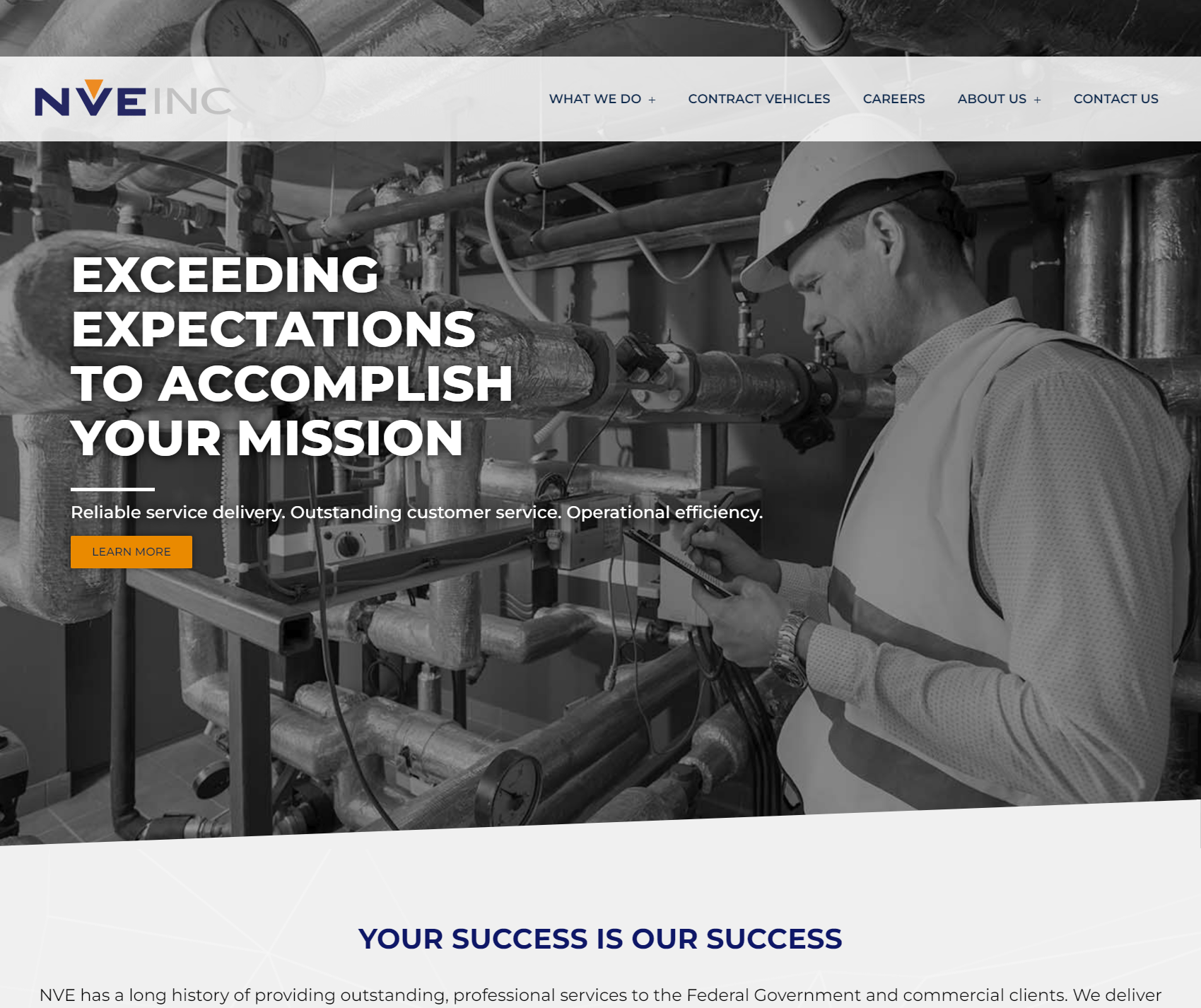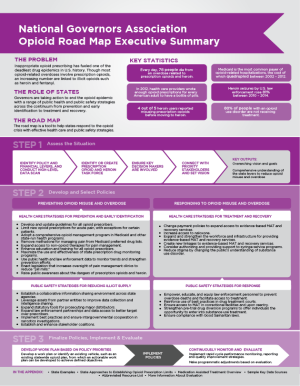WYSIWYG (pronounced “wiz-ee-wig”) is an acronym for “what you see is what you get”. It is a term often used when talking about web site design and development and, more often, when discussing web content management systems.
In basic terms, a WYSIWYG editor or WYSIWYG editing program will allow you to see the end result of a web page while you create it. Rather than writing web code directly, WYSIWYG editors will often have a visual interface where the user enters text, photos and other content and the WYSIWYG editor then creates the code from it. This allows non-technical users to create and edit web pages without having to know or write code directly.
Of course, as most web developers know, WYSIWYG editors are not fool proof and there is no guarantee that the pages written with a WYSIWYG editor will be error free, adhere to current web standards, or look or work correctly in all browsers. However, WYSIWYG editors can be a good tool for non-technical people who would like to create or edit simple web pages.

